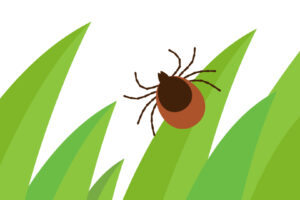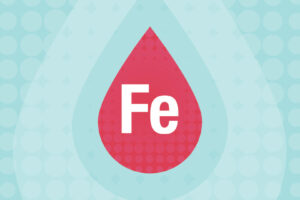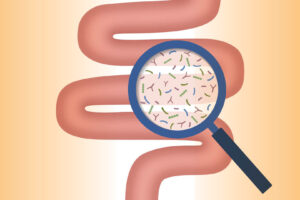Necrotizing Fasciitis No Match for Coordinated, Comprehensive Care
Audra Carletta awoke in the middle of the night with a small, painful bump on her right elbow. Less than 48 hours later, she was in the operating room. The cause? A fast-moving form of necrotizing fasciitis, or “flesh-eating” disease.
After noticing the spot, Audra, 40, a Colts Neck resident, took a pain reliever. The next morning, she went for a run and then watched her son play baseball. By the end of the second game, however, her elbow had swelled to the size of her kneecap and she had a fever. CentraState’s Chief of Surgery Amit Kharod, MD, whose son also plays on the team, urged her to go to the Emergency Department.
At CentraState’s Emergency Department, the team gave Audra intravenous antibiotics and took a culture of the fluid in her elbow. The next day, an orthopedist surgically cleaned the wound. However, the infection continued to worsen. Board-certified infectious disease and internal medicine specialist Alfred DeLuca, MD, had suspected that the infection was group A Streptococcus since Audra’s son was recently diagnosed with strep throat. Group A strep is bacteria that can cause several different infections ranging in severity, including strep throat, scarlet fever, rheumatic fever, and necrotizing fasciitis, an increasingly common flesh-eating infection that’s life- and limb-threatening.
“She was getting worse by the hour, so we had to move quickly because necrotizing fasciitis requires urgent surgical intervention,” Dr. DeLuca explains. “Antibiotics are necessary but not enough. I called for an immediate surgical consultation.”
Once the culture confirmed the diagnosis, board-certified plastic and reconstructive surgeon Boris Volshteyn, MD, removed all of the necrotic tissue from the wound. Because the infection wasn’t responding well to antibiotics, Dr. Volshteyn turned to a remedy from the early days of infection control: bleach. A diluted bleach solution was used to flush Audra’s wound, a painful but necessary process to stop the bacteria from releasing tissue-destroying toxins. The wound was left open for a week so it could heal from the inside out and drains were temporarily placed in Audra’s arm. The wound was stitched closed during a third surgery.
“This was a challenging case because the infection wasn’t responding to antibiotics,” explains Dr. Volshteyn. “If our efforts hadn’t worked, she may have needed an amputation.”
“The doctors were amazing—I get choked up when I talk about it,” Audra says. “Dr. DeLuca held my hand while I was in the hospital. Not only did Dr. Volshteyn make a special trip to the hospital to see me on Easter, but he also made a house call a week later to check the wound. I just can’t say enough about the care I received.”
Luckily, Audra didn’t require physical therapy after the wound healed. She’s proud of the scar on her arm because of what it symbolizes.
“This was a traumatizing, humbling experience,” she adds. “It made me reflect on my life and be grateful for it all. I focus now on appreciating the small moments and enjoying life with my loved ones.”
Learn more about surgery at CentraState at centrastate.com/surgery or 866-CENTRA7 (866-236-8727).
The Signs of Infection
Group A Streptococcus infections are becoming more common. Look for:
Redness, swelling, or pain
Pain out of proportion to how the skin looks
An infection or redness that’s growing quickly
Skin that’s hot to the touch
To prevent infection, avoid overusing antibiotics, which can kill “good” bacteria. Wash your hands with soap and water and save waterless soap for when you’re not near a sink.





